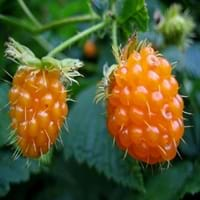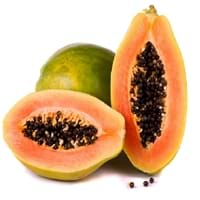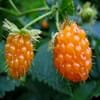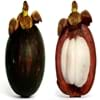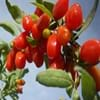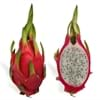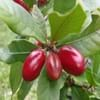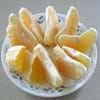Health Benefits
Cancer prevention, Improves stomach health, Weight loss properties
Arthritis prevention, Asthma treatment, Cancer prevention, Heart care, Prevents macular degeneration, Prevents rheumatoid
General Benefits
Anti oxidant properties, Digestive aid, Eye care, Healing of wounds, Improves eye vision, Maintains healthy cholesterol level, Strengthens bones
Anti-inflammatory properties, Boosts immune system, Digestive aid, Healing of wounds, Maintains healthy cholesterol level, Strengthens bones
Skin Benefits
Anti-aging benefits, Reduces wrinkles
Anti-aging benefits, Hydrates skin, Skin revitalization, Treatment of acne, Treatment of dark spots
Hair Benefits
Protects hair, Regulates hair growth
Good conditioner, Promotes longer and healthier hair, Softening mask, Treatment of dandruff
Allergy Symptoms
Abdominal pains, Itching, Swelling of mouth, tongue or lips
Abdominal pains, Carotenemia on excessive consumtion, Latex Allergy
Side Effects
Allergic reaction
Allergic reaction, Skin problems, Possibly unsafe during pregnancy
Best Time to Eat
Best if taken as a breakfast (or empty stomach), As a snack in the late afternoon, Don't eat after meal, Morning time (before lunch)
As a snack in the late afternoon, Don't consume at night and before bed, Don't eat after meal
Vitamin B5 (Pantothenic Acid)
Vitamin C (Ascorbic Acid)
Vitamin K (Phyllochinone)
Lutein+Zeaxanthin
Not Available
Calories in Fresh Fruit with Peel
Not Available
Calories in Fresh Fruit without Peel
Not Available
Calories in Frozen Form
Not Available
Calories in Dried Form
Not Available
Calories in Canned Form
Not Available
Type
Berry
Melon, Tree fruit
Season
All seasons
All seasons
Varieties
Golden ruby and Olympic Double
Coorg Honey Dew, Pusa Dwarf, Pusa Giant, Pusa Majesty, Pusa Delicious, Pusa Dwarf, Solo, Ranchi, Taiwan-785 and Taiwan-786
Color
Pink, Pink red, Salmon, Salmon yellow
Orange, Yellow
Taste
Sweet
Luscious, Sweet
Origin
North America
Mexico, Central America
Soil Type
Loam
Rocky, Sandy, Well-drained
Climatic Conditions
Moist
Warm, Without frosts
Facts about
- The name salmon berry is due of the resemblance with 'salmon roe'.
- In 1 kg of fruit, there are total 315,250 seeds.
- Salmon berry tree leaves act as an excellent replacement for tea.
- Papaya seeds show contraceptive effects in male monkeys.
- Their seeds are used as a replacement for black pepper in some nations due to peppery taste.
- Papaya is known by funny names like paw paw or papaw and the mamao.
Spirits
Not Available
Yes
Cocktails
Not Available
Yes
Top Producer
United States of America
India
Other Countries
Canada, Mexico
Brazil, Indonesia, Mexico, Nigeria
Top Importer
Not Available
United States of America
Top Exporter
Not Available
Mexico
Botanical Name
Rubus spectabilis
Carica papaya
Synonym
Not Available
Not Available
Subkingdom
Tracheobionta
Tracheobionta
Division
Magnoliophyta
Magnoliophyta
Class
Magnoliopsida
Magnoliopsida
Subclass
Rosidae
Dillenhidae
Order
Rosales
Brassicales
Family
Rosaceae
Caricaceae
Species
R. spectabilis
C. papaya
Generic Group
Not Available
Papaya
Difference Between Salmonberry and Papaya
We might think that Salmonberry and Papaya are similar with respect to nutritional value and health benefits. But the nutrient content of both fruits is different. Salmonberry and Papaya Facts such as their taste, shape, color, and size are also distinct. The difference between Salmonberry and Papaya is explained here.
The amount of calories in 100 gm of fresh Salmonberry and Papaya with peel is 47.00 kcal and Not Available and the amount of calories without peel is Not Available and 43.00 kcal respectively. Thus, Salmonberry and Papaya belong to and category.These fruits might or might not differ with respect to their scientific classification. The order of Salmonberry and Papaya is Rosales and Brassicales respectively. Salmonberry belongs to Rosaceae family and Papaya belongs to Caricaceae family. Salmonberry belongs to Rubus genus of R. spectabilis species and Papaya belongs to Carica genus of C. papaya species. Beings plants, both fruits belong to Plantae Kingdom.
